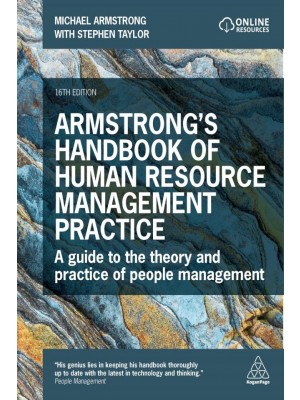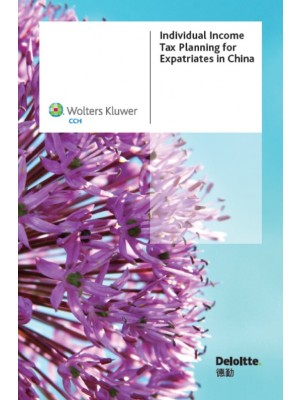Editor Patricia Jackson of EY is the Head of Financial Regulatory Advice for Europe, the Middle East, India and Africa. With over 25 years of experience in the banking and regulation sectors, as well as with the Bank of England, Patricia is uniquely qualified to lead this project on the subject of risk culture and governance.
After the financial crisis, banks and insurance companies were forced to get to grips with the ecosystem that had led to huge, and endemic, losses. Attention on this issue has intensified due to the exposure of high-profile conduct issues such as the LIBOR scandal. Developing and instilling an effective and measurable risk culture has emerged as a key issue for senior management and the board. Boards and regulators must focus on how firms can assess risk culture and achieve the desired philosophy throughout an international organisation.
“The editor, Patricia Jackson, who has wide experience in the risk management field, has brought together an impressive array of authors to look at the nexus of factors which influence risk culture and at ways that an organisation can go about strengthening culture.”
Sir David Walker
Risk culture and safety cultures are a central issue for firms within all industries, with high profile cases of excessive risk taking or the bad behaviour of employees in many different sectors making headlines. In financial services this is one of the factors behind the crisis, but has also surfaced even more damagingly post-crisis in the form of conduct scandals such as LIBOR and various mis-selling cases.
Those controlling firms should be asking themselves how they can develop, instil and measure risk culture. Expectations from investors and, for the appropriate sectors, from regulators, have ratcheted up. With regard to the financial services, the FSB has issued a range of papers emphasising the changes they expect to see. The PRA in the UK has made clear that they expect culture to support the prudent management of all banks and insurers and are planning to use new tools to enforce this.
Patricia Jackson has assembled an all-star cast of contributors to examine the different factors which will influence an effective risk culture. There are many different aspects of risk culture which are covered, from an embedded risk appetite, values, and leadership from the top, through to incentives, accountability, and risk transparency, all of which need to come together to ensure a strong culture.
Risk Culture and Effective Risk Governance uses many examples from different industries, such as financial services, transport, oil and gas, and the NHS, to illustrate the various arguments. Patricia has written an introduction which consolidates and clarifies the central themes, examining why risk cultures fail and the lessons to be learnt from different industries regarding a way forward. The regulatory viewpoint for financial services is reflected in four chapters written by senior regulators from different countries.
Chapters include:
- The Views of the PRA on Risk Culture and Risk Governance in Banks and Insurers (Andrew Bailey and John Sutherland)
- Creating a Culture of Success: Reducing the Likelihood of Conduct Failures (Brendon Young, ORRF Risk Research Foundation)
- Risk Culture and Risk Appetite: A Regulatory View (Michael Alix, Federal Reserve, Bank of New York)
- The Role of Whistleblowing (Carol Sergeant, Danske Bank)
- Risk Transparency and Risk Culture for Financial Institutions (Sylvie Matherat, Banque de France)
Risk Culture and Effective Risk Governance will empower boards and senior management grappling with risk culture. It will enable them to better understand and challenge the current state of play in their organisation, create systems for measuring risk culture, and set up the right frameworks and accountabilities to deliver an effective risk culture going forward.
































